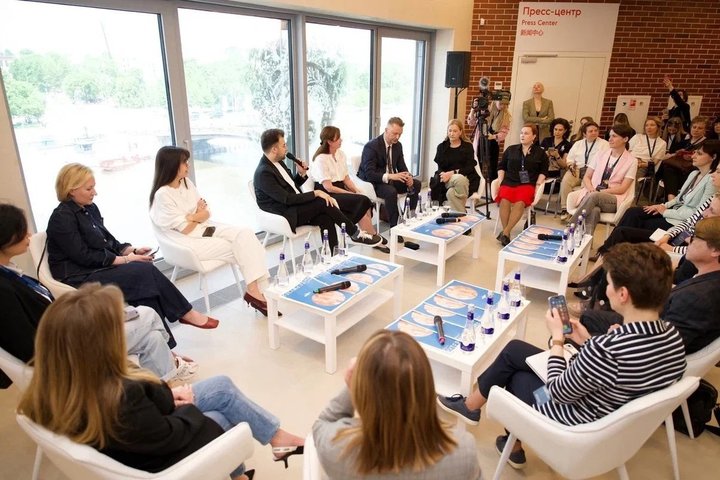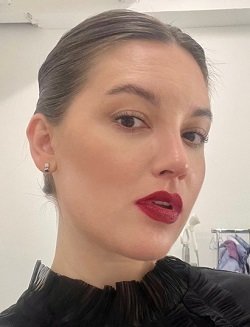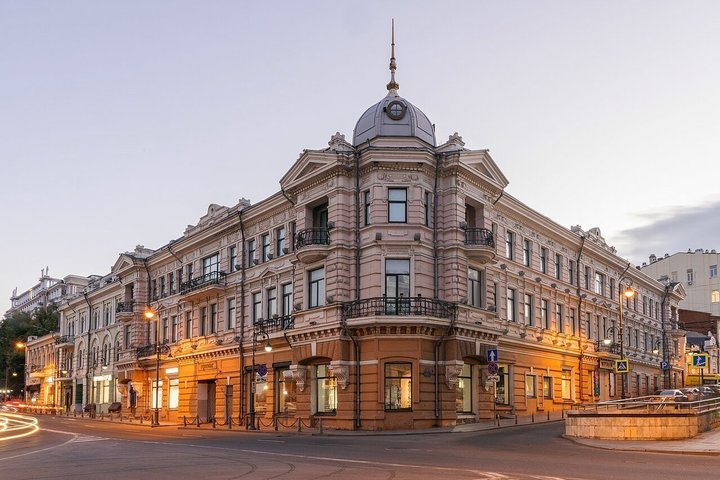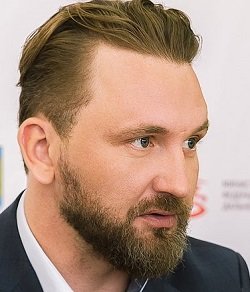Viktor Shalay: ‘Let us stop reinventing the wheel where one can simply get up and go visit a friend’
Why museums and the media need to communicate and trust one another

The cooperation and confrontation between museums and the media were discussed at the Intermuseum Festival in the new building of the Tretyakov Gallery on Kadashovskaya Embankment. A close circle gathered: officials, journalists, bloggers, and museum directors. Each side, it was noted during the meeting, has its own motivation. The press seeks for their publications to be read and quoted, while museums require coordination and a scholarly approach. Are bloggers equal to traditional media? How can mutual understanding in interaction be achieved?
“The line between classical and new media is disappearing”
The issues of interaction between museums and the media were also discussed at other meetings. For example, this was the topic of the discussion “Why does a museum need a press office? Presentation of the Museum Press Secretary's Manifesto.”
“Two years ago, we introduced a clear rule: all comments for the media must be coordinated with the press office," said Ilgama Aliyeva, the head of the Public Relations Department at the Tretyakov Gallery. “This is not a restriction, but an important element of our work — such a system disciplines the team and protects the museum from potential reputational risks. At the same time, it fully aligns with the PR department’s strategy and helps us build a unified communication policy.”
The meeting on Kadashovskaya Embankment was moderated by Dmitry Trubinov, the deputy director of the Department of Museums and Support for Circus Arts at the Russian Ministry of Culture.
“No matter how much some speakers (no names!) tried to steer away from the stated topic toward self-promotion, Dmitry kept the main focus of the discussion," noted Olga Galaktionova, the director of the Pushkin Museum, in her Telegram channel.
“All our interaction is simply human relationships”
One of the outcomes of the discussion was the initiative to create a registry of regional bloggers and press secretaries, to be overseen by two art historians and bloggers: Ksenia Korobeynikova (“ku-ku” and “ku-ku kinder”) and Sofya Bagdasarova (“Shakko: About Art”) as part of the October “Unified Model for Museum Promotion”.

“Take care of your press offices, help them grow," added Bagdasarova. “Because a museum press secretary who has held their position for more than a year is already an invaluable person. The more experienced the press secretary, the better the museum’s relationship with the media.”

If not 400 hours, then at least 5
A key speech was delivered by Viktor Shalay, the director of the State United Museum-Reserve of the History of the Far East named after V.K. Arsenyev. He reported that last year he spent 400 hours in the air:
“I believe this is a rather serious and often the only way to attract the attention, in a God-blessed city, of respected, esteemed, and extremely busy people to what is happening just beyond the usual geolocation of these cities," Shalay noted.
People in this country live with different maps of the country (“for some, it is even a globe”), in many “variations” of Russia, the Far Eastern expert pointed out. Shalay compared a journalist’s visit to the region to a “ceremonial outing of the imperial court”:
“Surprise them, speak, applaud, feed them. ‘My God, how is it there with you? Why didn’t you do this? You know, at the London Picture Gallery, it’s like this — it would be good for you.’ Some end up with a hangover after this, others with intoxication.”
He then described, addressing familiar journalists, the usual way of communicating with them: “Come!” “No problem.” “When do you leave?” “In the evening.”
“Perhaps it is a matter of personal sympathy," Shalay explained. “I do not rule it out. By the way, this is a very good method and tool of producing. It seems to me that many things in the world are globally built on trust, sympathy, a measure of charm, and a certain sincerity. And I am not ashamed of that.”

“Let us also know where we are going and understand that Russia, regardless of the amount of taxes or personal income tax paid here, in St. Petersburg or Torzhok, is a reality far greater than what happens to us. Perhaps we will step beyond the perimeter of this total selfishness and realise that the world is bigger, that it has metaphysics and certain feelings," Shalay noted.
In particular, he pointed out that the 25 million people living beyond the Urals represent far more than the audience share of the ‘Culture’ channel.
“Let us simply be worthy of this and stop reinventing the wheel where one can simply get up and go visit a friend. Get up and just realise that even if there are 500 exhibitions here, there are another 20 there that speak about you no less. Often, people simply do not look for themselves beyond themselves," Shalay concluded his speech. “We are the country, and the country is us. So even if not 400 hours a year, at least mark 5 hours for yourself to choose a point on the map of the country where you simply have not been. And simply combine your own curiosity, a basic respect for this country not in those geographies that are comfortable for you, but in the geography in which it exists. And remember that beyond the physical body, there is a metaphysical body, which Dmitry Sergeyevich Likhachev understood perfectly.”